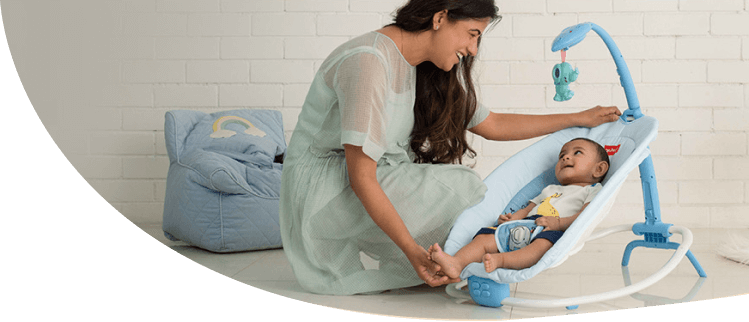What to look for when buying and using a baby car seat
Shopping for a car seat can be overwhelming, but it's important to make the right choice for your baby's safety and comfort. Here are some key factors to consider when shopping for a baby car seat:
- Age, weight, and height of your baby: Make sure to choose a car seat that is appropriate for your baby's current stage of development. There are several types of car seats, including infant seats, convertible seats, booster seats,and more.
- Safety features: Look for car seats with a five-point harness, side-impact protection, and a sturdy frame. Make sure the car seat meets federal safety standards (look for the "JPMA Certified" or "Meets FMVSS 213" label).
- Ease of use: Consider factors such as ease of installation, adjustability, and ease of buckling and unbuckling your baby.
- Compatibility with your car: Make sure the car seat fits properly in your vehicle and is compatible with your vehicle's safety features.
- Comfort: Consider the comfort of the car seat for your baby, including the material, padding, and adjustability of the straps.
- Convenience features: Look for car seats with features such as adjustable headrests, cup holders, and storage compartments.
- Price: Car seats range in price from budget-friendly options to more expensive models. Determine your budget and look for the best car seat that fits your needs and budget.
Always make sure to read the manufacturer's instructions for proper use and installation, and keep your baby in the car seat for as long as possible, according to the weight and height guidelines provided by the manufacturer. By taking the time to choose the right car seat, you can ensure a safe and comfortable ride for your little one.
Here are some key things to look for to ensure a safe and comfortable ride:
- Proper installation: Always make sure to securely install the car seat using either the seatbelt or LATCH system, following the manufacturer's instructions. The car seat should not move more than an inch from side to side or front to back.
- Correct harness fit: The harness should be snug against your baby's body and positioned correctly over the shoulders and at or below the baby's hip bones. Make sure to adjust the harness as your baby grows.
- Age and weight restrictions: Make sure to follow the manufacturer's guidelines for the maximum weight and height limit for your car seat, and transition your baby to a new type of car seat when they reach the limit.
- Rear-facing position: It's recommended that babies ride rear-facing until they reach the maximum weight or height limit for their car seat. This provides the best protection for their head, neck, and spine in the event of a crash.
- Comfort: Consider the comfort of the car seat for your baby, including the material, padding, and adjustability of the straps. Make sure the car seat has a canopy or adjustable headrest to protect your baby from the sun and wind.
- Convenience features: Look for car seats with features such as adjustable headrests, cup holders, and storage compartments.
- Regular checks: Regularly check the car seat for signs of wear and tear, and replace it if it has been in a crash or if any of the parts are damaged.
Here we would recommend you to check out LuvLap Galaxy Car seats. It is a European Safety Certified car seat which is a great choice for new parents to take their baby along on road trips.
A car seat is thereby a critical investment for your child's safety and well-being. Take the time to choose the right one and make sure it is installed correctly. By following these guidelines, you can ensure a safe and comfortable ride for your baby every time you hit the road. Your child's life may depend on it!


